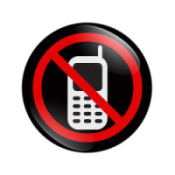The FCC has taken action to enhance its rules to make video programming accessible to individuals with disabilities on a wide range of consumer devices as required by the Twenty-First Century Communications and Video Accessibility Act of 2010 (CVAA). First, the Commission clarified that built in apparatus functions and on-screen text menus must be “usable” by persons with disabilities and that “usable” in this context means that “individuals with disabilities have access to the full functionality and documentation for the product, including instructions, product information (including accessible feature information), documentation, bills and technical support which is provided to individuals without disabilities.” Second, the Commission adopted consumer notification requirements for manufacturers of digital apparatus and navigation devices similar to those previously adopted for MVPDs that will require manufacturers to publicize the availability of accessible devices on manufacturer websites that must be accessible to those with disabilities. Furthermore, both equipment manufacturers and MVPDs must now ensure that the contact office or person listed on their website is able to answer both general and specific questions about the availability of accessible equipment, including, if necessary, providing information to consumers or directing consumers to a place where they can locate information about how to activate and use accessibility features. The Commission also modified its prior decision by clarifying that when a voice control is the sole means of activation for closed captioning, it will not be considered “reasonably comparable to a button, key, or icon” but that closed captioning and video description activation mechanisms relying on gesture control will be considered “reasonably comparable to a button, key, or icon” if they are simple and easy to use.







